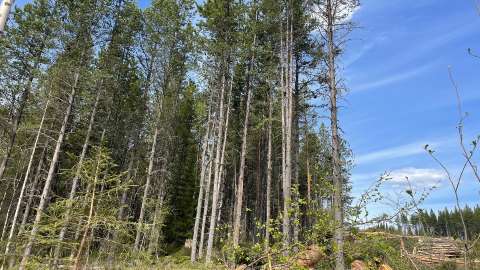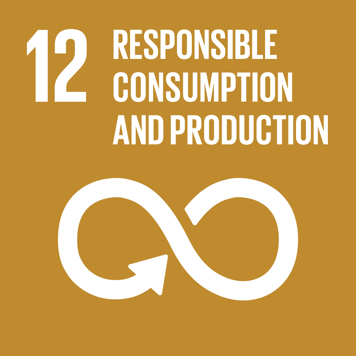Forked trees significantly increase harvester time consumption during final felling

The consensus on the factors affecting harvester productivity is generally widely acknowledged in the discipline. However, research results regarding the effect of forking on productivity are diverse. Some studies show that harvester productivity is halved when harvesting double stems compared to single-stem trees, while other studies indicate that forking does not necessarily decrease harvester productivity. These differences in study results can depend on what is considered forking. In our study, the forking occurred above the breast-height level. We defined codominant stems as forked trees too large to be multi-tree handled. In contrast, we defined double crowns as forked trees that could be multi-tree handled.
The objective of our study was to analyse how the presence of codominant stems and/or double crowns affects harvester time consumption. The study was conducted in Sweden in 2022, involving two operators and two large harvesters. The 45-year-old Pinus contorta Douglas ex Loudon-dominated stand was clearcut during the study.
We found that the presence of codominant stems doubles harvester time consumption per tree, while double crowns had only a minor impact on harvester time consumption. Additionally, total time consumption increased linearly with increasing diameter at breast height. Based on these findings, we recommend that forked trees be removed already during thinning when they can still be time-efficiently multi-tree handled. Dealing with forked trees later during the rotation cycle, when they are too large for multi-tree handling, is excessively time-consuming.
Highlights
- For forked trees, codominant stems double harvester time consumption per tree, while double crowns have only minor impacts on harvester time consumption.
- Forked trees should be removed during thinning when they can still be time-efficiently multi-tree handled.
- Dealing with forked trees at a later rotation age, when they are too large for multi-tree handling, becomes excessively time-consuming.
We will review and publish your comment as soon as possible.



